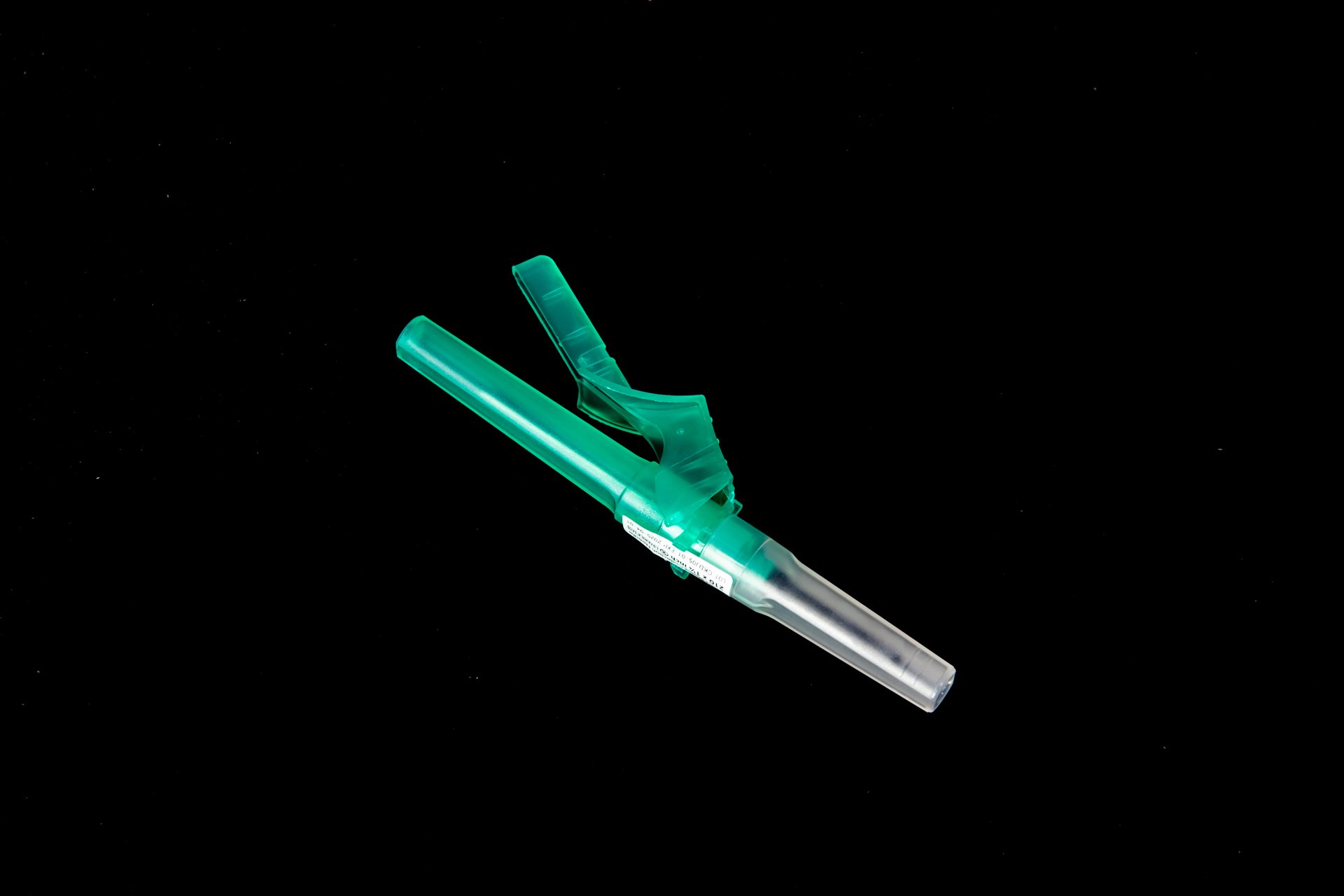FDA Guidelines For Blood Needles
Blood needles are a crucial medical device used in various medical procedures, such as drawing blood for testing, administering medication, or collecting blood donations. The Food and Drug Administration (FDA) has established guidelines and regulations to ensure the safety and effectiveness of blood needles. In this article, we will discuss the FDA guidelines for blood needles, including the requirements for manufacturers, healthcare providers, and patients.
Regulatory Overview
Regulations for blood needles fall under the FDA's Center for Devices and Radiological Health (CDRH), which oversees the approval and monitoring of medical devices. Blood needles are classified as Class II medical devices, which means they are subject to special controls to ensure their safety and effectiveness. Manufacturers of blood needles must comply with these regulations to market their products in the United States.
Requirements for Manufacturers
Manufacturers of blood needles must adhere to certain requirements set forth by the FDA to ensure the quality and safety of their products. These requirements include:
Submission of premarket approval (PMA) applications for high-risk devices
Compliance with Quality System Regulation (QSR) requirements
Labeling requirements for the safe use of blood needles
By following these requirements, manufacturers can ensure that their blood needles meet the FDA's standards for safety and effectiveness.
Requirements for Healthcare Providers
Healthcare providers who use blood needles in clinical settings must also adhere to certain guidelines to ensure the safety of their patients. These guidelines include:
Proper training and certification in the use of blood needles
Adherence to infection control protocols to prevent the spread of bloodborne pathogens
Proper disposal of blood needles and sharps containers
Regular maintenance and inspection of blood needle equipment
By following these guidelines, healthcare providers can ensure the safe and effective use of blood needles in their practice.
Requirements for Patients
Patients who receive medical procedures involving blood needles can also play a role in ensuring their safety. Patients should:
Inform healthcare providers of any allergies or medical conditions that may affect the use of blood needles
Ask questions about the procedure and the use of blood needles
Report any discomfort or adverse reactions during or after the procedure
By being informed and proactive, patients can help ensure the safe use of blood needles in their medical treatment.
Ensuring Compliance
It is essential for manufacturers, healthcare providers, and patients to work together to ensure compliance with FDA guidelines for blood needles. This collaboration can help prevent errors, reduce the risk of infections, and improve patient outcomes.
Manufacturers must conduct regular audits and inspections to ensure that their blood needles meet FDA standards. Healthcare providers must update their practices and protocols to align with the latest guidelines and recommendations. Patients must be proactive in advocating for their safety and asking questions about the use of blood needles in their care.
By following FDA guidelines for blood needles, we can ensure the safety and effectiveness of these crucial medical devices in clinical settings. Collaboration and communication among manufacturers, healthcare providers, and patients are key to achieving this goal.
For more information on FDA guidelines for blood needles, visit the FDA website.
Disclaimer: The content provided on this blog is for informational purposes only, reflecting the personal opinions and insights of the author(s) on phlebotomy practices and healthcare. The information provided should not be used for diagnosing or treating a health problem or disease, and those seeking personal medical advice should consult with a licensed physician. Always seek the advice of your doctor or other qualified health provider regarding a medical condition. Never disregard professional medical advice or delay in seeking it because of something you have read on this website. If you think you may have a medical emergency, call 911 or go to the nearest emergency room immediately. No physician-patient relationship is created by this web site or its use. No contributors to this web site make any representations, express or implied, with respect to the information provided herein or to its use. While we strive to share accurate and up-to-date information, we cannot guarantee the completeness, reliability, or accuracy of the content. The blog may also include links to external websites and resources for the convenience of our readers. Please note that linking to other sites does not imply endorsement of their content, practices, or services by us. Readers should use their discretion and judgment while exploring any external links and resources mentioned on this blog.



